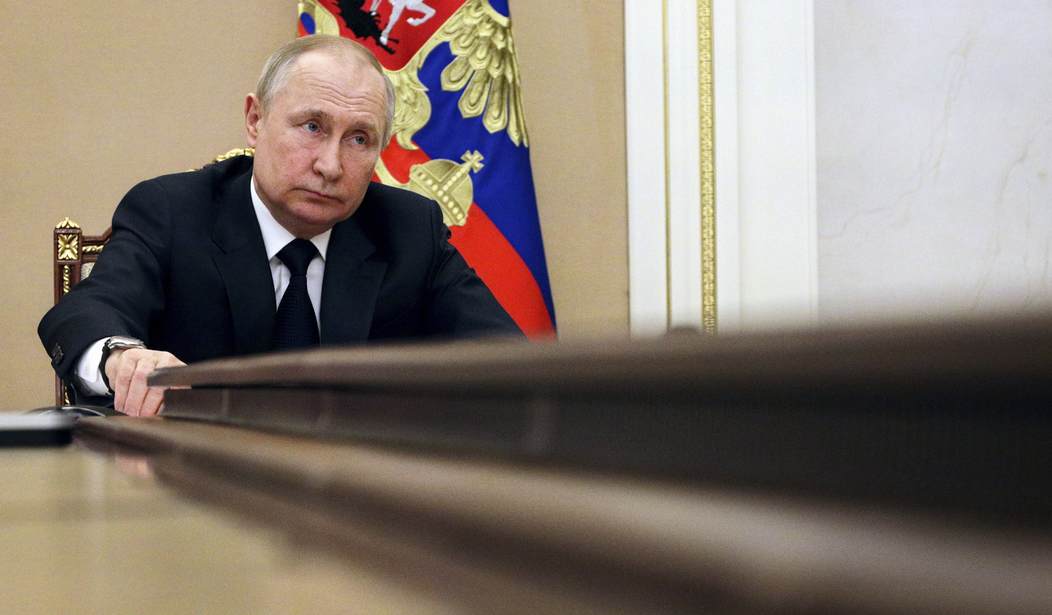Earlier this month we learned that Russia had apparently defaulted on a bond payment. The $649 million payment was required to be made in US dollars but after the US tightened restrictions on the Russian Central Bank’s use of reserves held in US banks, Russia claimed it had no way to pay in dollars. Instead it put an equivalent amount in rubles into an account and claimed that it considered the debt paid.
Nothing happened immediately because the payment had a 30-day grace period. So long as Russia found a way to make the payment in dollars within that thirty days, it wouldn’t be considered a default.
As Ed pointed out Monday, S&P announced that by refusing to pay in dollars, Russia had entered a “selective default.” “Sanctions on Russia are likely to be further increased in the coming weeks, hampering Russia’s willingness and technical abilities to honor the terms and conditions of its obligations to foreign debt holders,” S&P said.
Today, Moody’s has joined the chorus by announcing that Russia will be in default if it does not come up with the money (in dollars) by May 4:
Moody’s said that Russia still has until May 4, when the grace period ends, to make the payments in dollars and avoid a default on two bonds that are maturing in 2022 and 2042. The payment terms of the original bond contracts required dollars and did not include a provision to allow for another currency.
“Moody’s view is that investors did not obtain the foreign-currency contractual promise on the payment due date,” the ratings agency said.
Business Insider spoke to two bondholders who said they can’t accept payment in rubles both because the bond contracts don’t allow it and also because converting the money to dollars would violate current sanctions.
Two bondholders have told Insider that they cannot accept rubles, however, because the contracts of the bonds stipulate payments in dollars and because sanctions have restricted involvement with Russian financial institutions.
One US bondholder, who asked not to be named discussing a sensitive topic, told Insider they considered it a “moot point” because the contracts of the bond specify payment in dollars, so they could not legally accept any other currency.
So Russia has 20 days left to address this problem or it will likely be deemed in default. The machinery is already in motion to make such a declaration:
The Credit Derivatives Determinations Committee, which includes the world’s top financial institutions, will meet on April 20 to discuss whether a “potential failure to pay event” has occurred. Such a finding would be a key step on the road to officially deeming Russia to have defaulted, at least in the eyes Western banks.
What happens if Russia defaults? For one thing, they’ll have trouble attracting any foreign investments for a while, making it harder to climb out of the hole they are now in.
Selling bonds is a critical way that countries raise foreign currencies to fund projects and raise reserves of foreign currencies, among other purposes.
But the European Union is considering a ban on energy imports from Russia, which would further limit Russia’s ability to raise money in foreign currencies.
Countries that have defaulted on their bonds have eventually been welcomed back to global debt markets, but memories of a default linger and Russia may have to pay more to borrow from foreign investors in the future.
Again, this isn’t quite over yet but so far there’s no sign that Russia wants or intends to change course.







Join the conversation as a VIP Member